So you just started a website, or just decided to explore advertising as a monetization method. You’re publishing content, creating a digital presence, and now wonder—when should you put ads on your website?
Today, I’m going to take you through the two main signs that you’re ready to put ads on your website, plus what to do after.
When should you put ads on your website?
The two strongest signs that you should put ads on your website are:
- When you have a good amount of written content published (20-50+ blogs)
- When you have at least 100 organic visits per day that stays consistent on a weekly basis
Why is this important to the equation?
1. When you have a good amount of written content published

Examples of unacceptable pages include but are not limited to:
- Mirroring, framing, scraping or rewriting of content from other sources without adding value;
- Pages with more advertising than publisher-provided content;
- Automatically generated content without manual review or curation;
- Hosted ad pages or pages without content;
- Pages that don’t follow Google’s Webmaster Quality Guidelines.
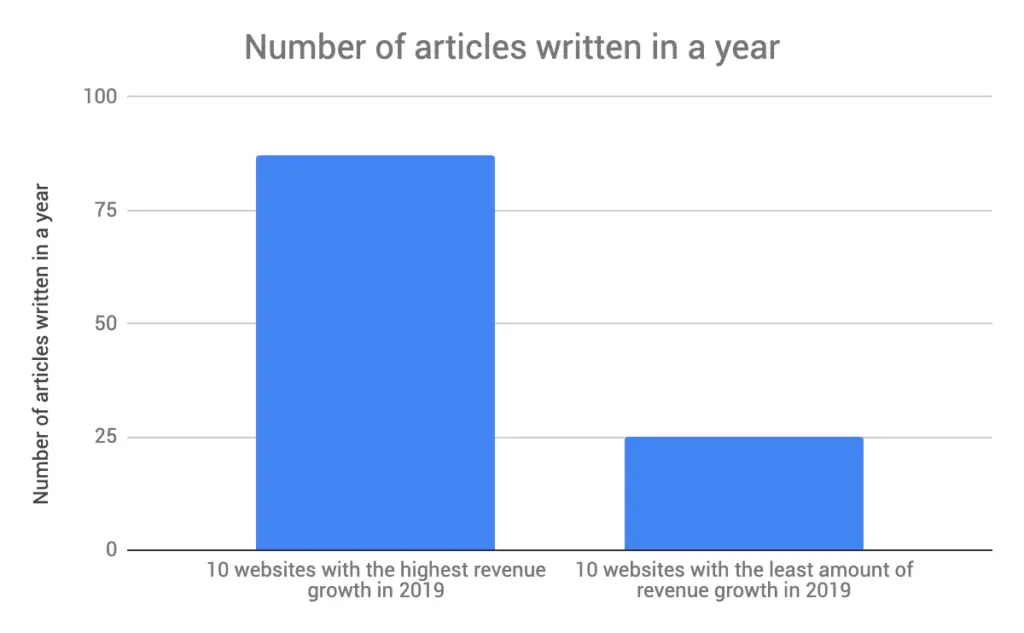

2. When you have at least 100 organic visits per day on a weekly basis
You should put ads on your website when you’ve had a solid week of growth. Typically this is once publishers reach around 100 organic visits a day, and keep this pace for a good week. As long as you have a positive organic traffic curve, it is a safe bet to start placing ads.
Below is an example of a publisher who is above the 100 organic visits per day threshold and has a positive traffic curve.
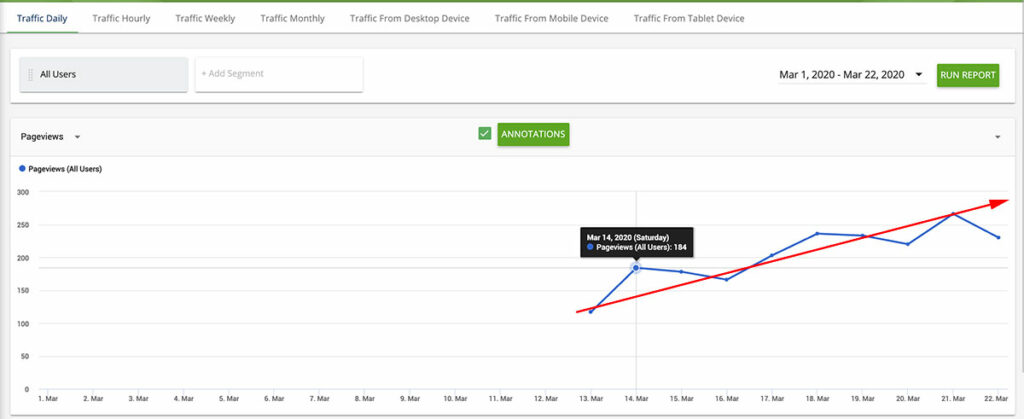
How do you put ads on a website?
Internet ads work like this: there are advertisers and there are publishers.
- Advertisers want to reach their desired audience as effectively as possible.
- Publishers want to fund their websites and use ads to monetize their content.
Millions of advertisers exist in advertising space that you can choose to monetize your site with. Many of these players make up the Display Lumascape. These partners can range from small ad tech businesses, ad ops shops, heading bidding services, and monetization platforms.
There are so many hands in the money pot that these players often take more value from publishers than they give back, and others are outright scammy and looking to make a quick buck off the value you created.
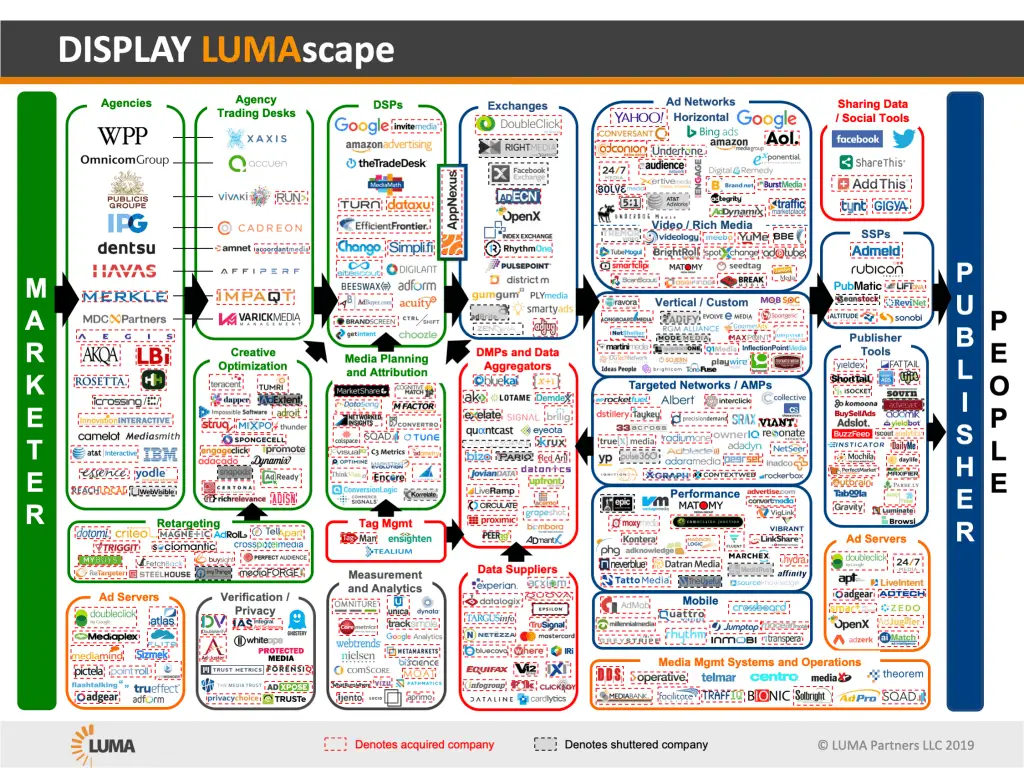
The easiest way to put ads on your website is applying for Google AdSense. While there are thousands of potential partners, we’ve shown in our data that Google’s AdExchange typically wins 85-95% of the bids.
Moreover, we’ve seen the benefits of publishers monetizing with header bidding and multiple demand partners prove to be marginal at best.

This is why AdSense is by far the simplest and most effective way for publishers to put ads on their websites. You will be just as competitive as publishers who choose to monetize with multiple demand partners.
How much do website ads pay?
There are three main ways that the value of ads is priced: by impression, by click, and in some rare instances, a flat-rate; as a result of a direct deal with the publisher. The first two are by far the most common.
The most common metric of publisher revenue is page RPM (Revenue per mille).
Page RPM = (Estimated earnings / Number of page views) * 1000
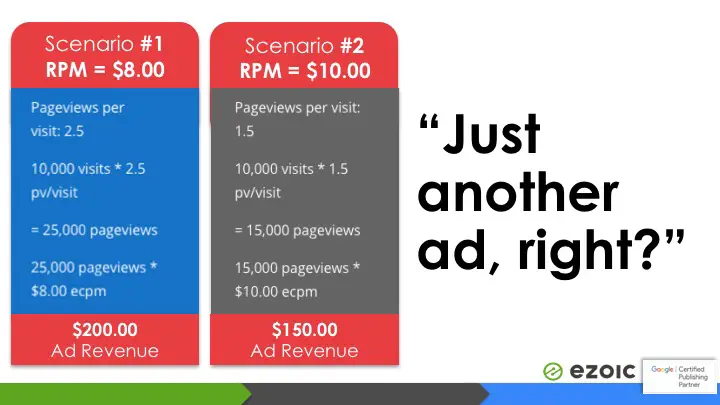
We’ve seen over and over again that ad eCPM and CPMs aren’t the best indicators of overall revenue improvement. Even RPM — which looks at revenue per thousand impressions — does not present an accurate metric for publishers because it does not additional page views during a visitor session.
Remember: A CPM is the price paid for a single ad space and eCPM is the total price paid for all the ads on a page.
RPM also does not take into account earnings, visitors, SEO, and critical UX metrics that drive a site’s long-term success.
What is the difference between CPC and CPM?
CPM stands for “Cost per Mille” or Cost Per Thousand Impressions. This is the price advertisers pay a single ad space. Publishers get paid based upon the number of times the ad was shown.
CPC stands for “Cost per Click”. With CPC, publishers only get paid based on the number of ad clicks.
Both models are valuable to advertisers. While AdSense used to use a CPC model, they realized people would click their own ads to inflate their revenue. AdSense currently uses a CPM model, where advertisers pay a fixed price for 1000 ad impressions. No one needs to click on your ad for you to earn money.
What are the policies for putting ads on a website?
Out of the thousands of ad demand partners out there, some might not have strict policies. Due to Google’s massive presence with Google AdExchange, a lot of the potential partners might source their demand from Google AdX.
You can see the degree of Google’s presence by hovering over ads. When you hover over the ad, if it says “Doubleclick” anywhere in the URL, then that means Google’s AdExchange won the bid for that ad space.

So if you want to work with Google’s ad demand, you need to adhere to their policies. The full AdSense program policies have a detailed list of how to be Google compliant.
Here is a summarized version of Google’s AdSense policies:
- No invalid clicks or impressions
- No encouraging clicks or views
- Putting ad code on pages that have “restricted” content
- No ads on pages with abusive experiences
- Publishers have to include themselves as authorized sellers if they use Ads.txt
- You must have “real” human traffic. No bot traffic
- No modifications to AdSense code
- No ad code in inappropriate places
- No websites that change user preferences, redirect users, initiate downloads, include malware, or popups that interfere with navigation
- Disclose data collection, don’t store personally identifying info
- Adhere to the Children’s Online Privacy Protection Act (COPPA) if applicable
How many ads should you put on a website?
There’s no magic number of ads you should put on your website. But if you’re like most publishers, your main two goals are to grow traffic and revenue. If this is the case, the number of ads you put on your website can positively (and negatively) affect ad revenue.
So is it 6 ads, or 7? A/B testing has tried to answer this question to help optimize ad revenue. But we’ve seen over time that A/B testing can lower ad rates. So if 64% of visitors prefer 7 ads, what about the 36% that prefer 6?

This is the dilemma with A/B testing. Once the choice of the majority is implemented, the others who preferred something else are lumped into the mix. Additionally, there are hundreds of other variables outside of number of ads that data has shown affects ad revenue.
These attributes include ad size, ad placement, ad color, plus UX metrics like time on page, time on site, bounce rate, pages per visit and more. On top of that, there are visitor behavior attributes that can affect ad revenue as well.
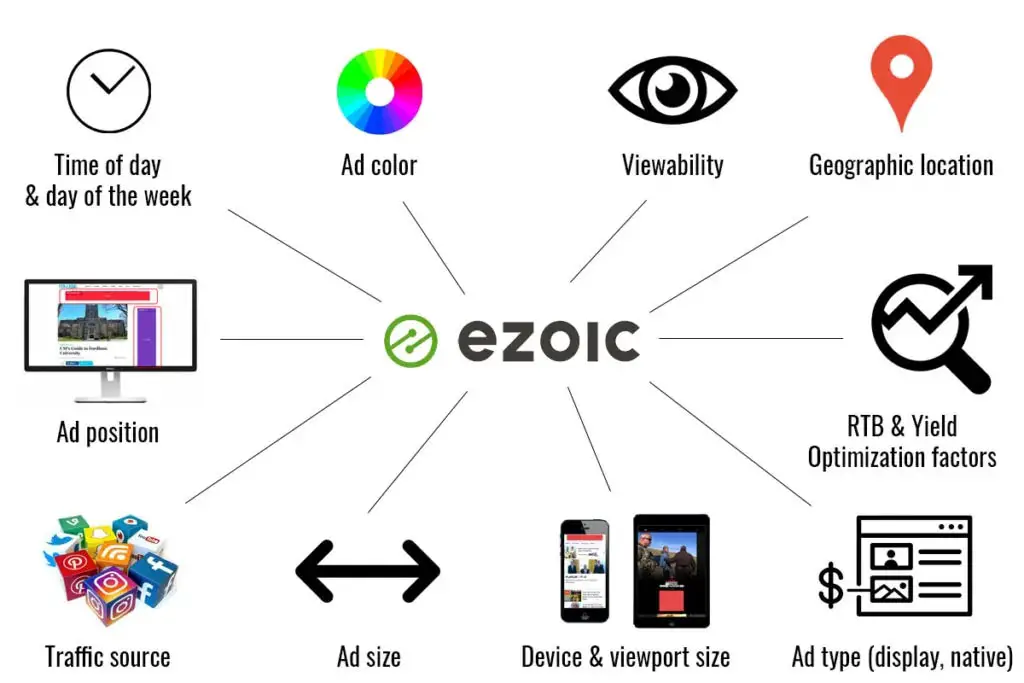
The only way to test these large amounts of variables is through multivariate testing. Even if you had a large team of people testing these different variables it would take months or even years to implement the findings.
Ezoic’s Ad Tester uses real machine learning to test thousands of different ad and visitor behavior attributes on a per visitor, per session basis. The results are dramatic uplifts in UX metrics and ad revenues.
Wrapping up when should you put ads on your website
You should put ads on your website if you’ve published a good amount of quality content, and you’re getting around 100 daily organic visits to your site. Over time, the monetary gain from display ads will outweigh any small (if any) decreases in user experience.
A lot of publishers who are new to the ad experience think ads are bad for UX. But we’ve seen from our data that some publishers who have no prior ads improve their UX metrics after adding ads. When placed in personalized locations, they tend to enrich UX.
Do you have any questions on when you should put ads on your website? Let me know in the comments.

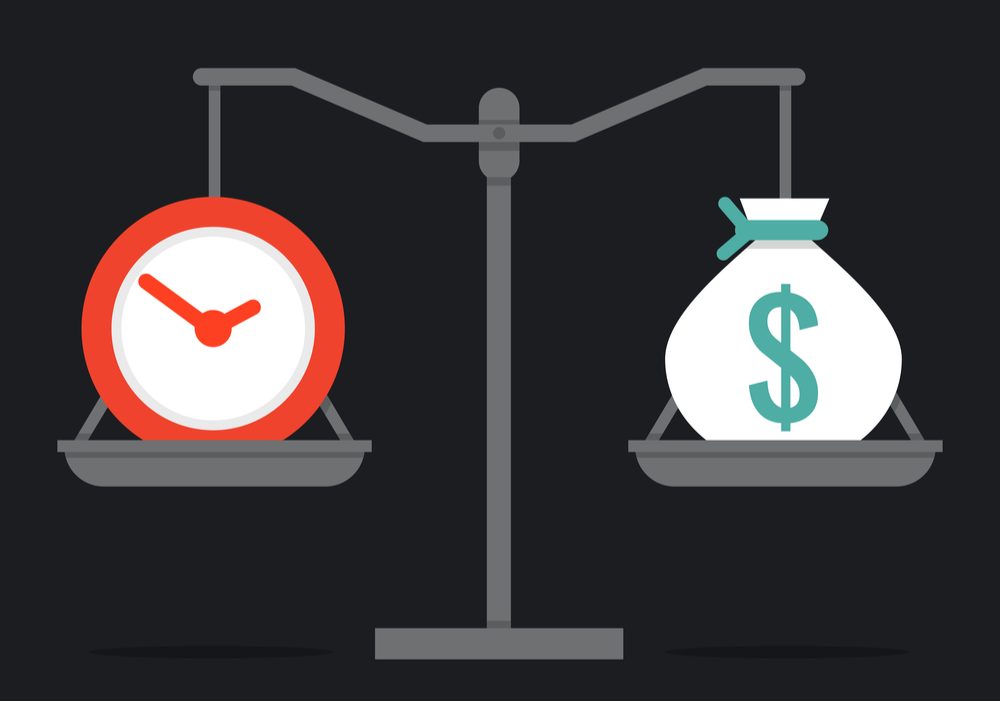
Hi,
Do you know why some website pages have higher RPMs than others? What’s the process behing which determines unique page RPM? Can advertisers pick a specific page to display their ads?
It’s crazy to find two pages one with €6 RPM and another with €40, on consistant basis covering the same topic.
Thanks
This is insightful Allen. I implemented this on my site, I was getting organic traffic, but suddenly Ads was restricted on the site regarding source of the traffic.
What do you think could possibly cause this and what’s the way out?
Hi Allen,
Thank you for this information. I have heard of people doing direct deals with affiliates. Is this a good idea? If so, how many views per month should you have before pursuing direct sales?